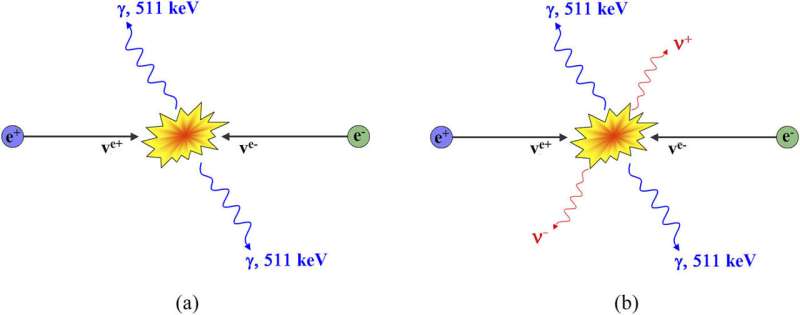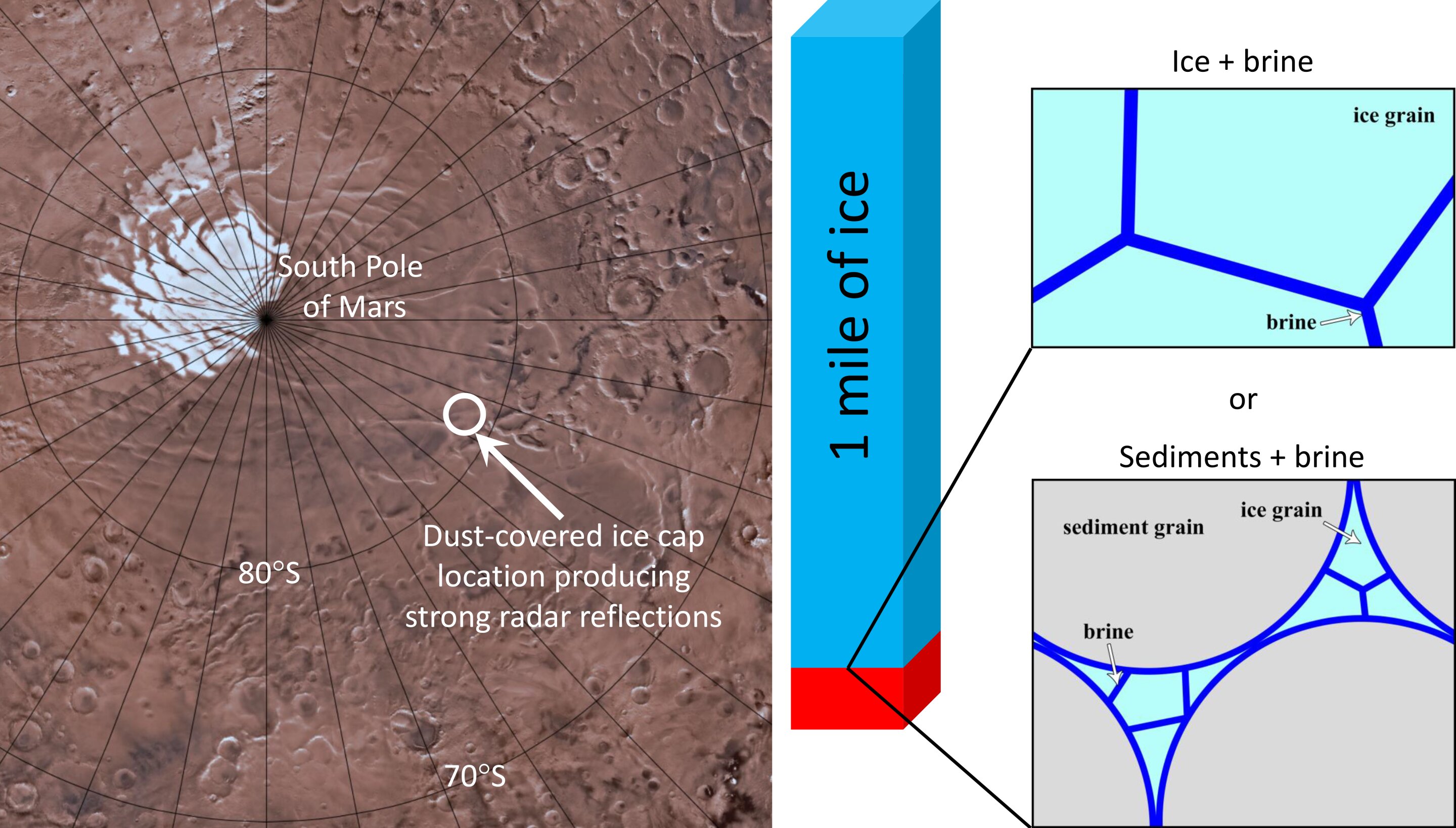A recent claim in an article on Phys Org by the University of Portsmouth from physicist Dr. Melvin Vopson states that a fifth state of matter might be confirmed by his experiment. This experiment uses information theory and the physical principles of thermodynamics as the background to the claims.

Image source: ElfQrin Wikipedia
Description: Image shows the conventional four states of matter and how they can change to each other.
Some background information:
Information theory states that the amount of randomness something has is the amount of information it can possibly contain and the principle of thermodynamics is that energy cannot be destroyed in a system.
The revolutionary thought:
So how do we prove that information is a state of matter? This cannot be done like the other states in which we can easily make physical representations of them. Dr. Melvin Vopson decided to use a matter-antimatter annihilation process to study the energy coming off of their information erasure. What this basically means is he will get two electrons, tiny particles that are part of an atom, to blow each other up. This creates a resulting observable wave that comes off of it , roughly 50 micrometers, that can be used to measure the energy of the information deleted.

Source: University of Portsmouth PhysOrg
Description: This shows the positron-electron interaction and how the energy waves can be seen coming off of the contact between the anti matter and matter versions of the electron.
Why this matters?
The conclusion from Dr. Melvin Vopson is that this energy measure will be able to confirm both the information theory as well as prove the existence of information to be a state of matter, along with the current states of solid ,liquid ,gaseous and plasmid. This would obviously not only change the way we view the universe but open up fields of research into this state for physics. Perhaps fields of research into this information could even lead to unthinkable applications of this state of matter.



